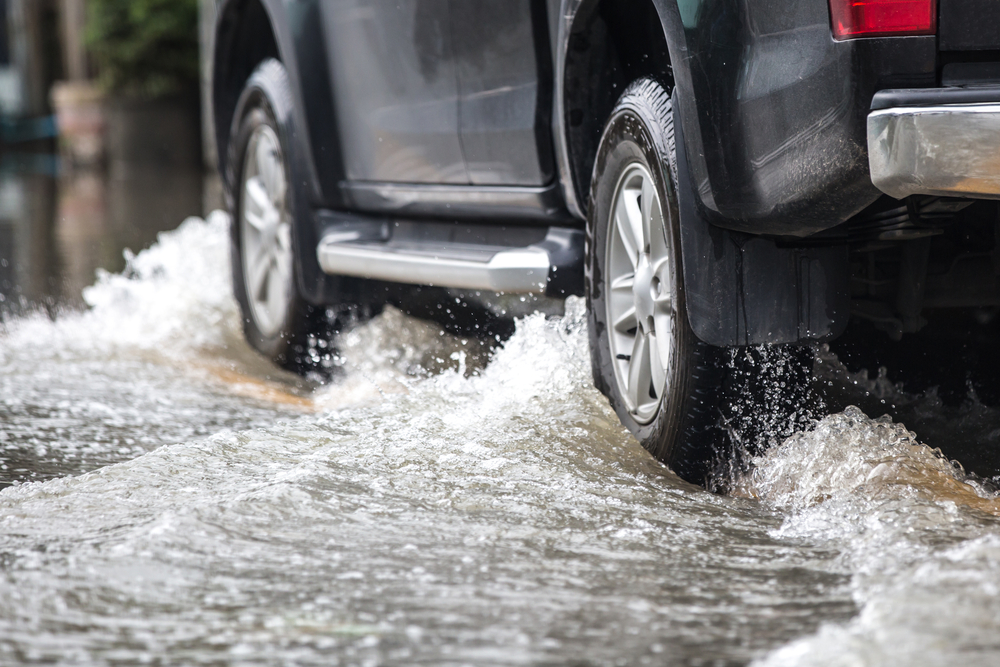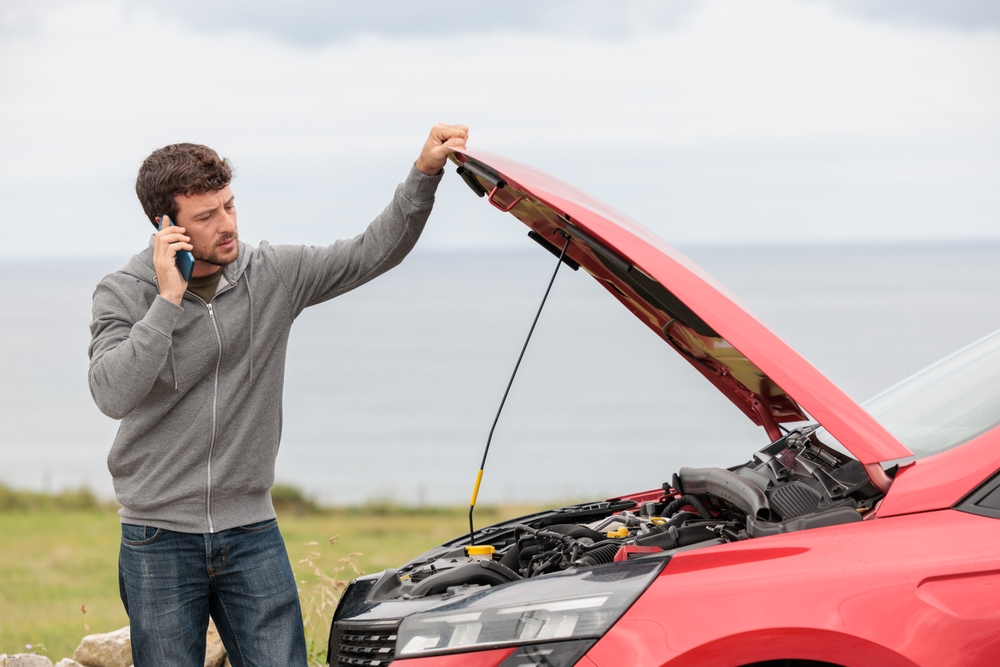Avoiding Disaster: Tips for Safely Driving on Flooded Streets
Flooding is a serious issue that can lead to dangerous driving conditions. Whether it’s from heavy rain, storm surges, or melting snow, floodwaters can create hazardous scenarios for drivers. Knowing how to navigate these conditions can make the difference between a safe journey and a potentially life-threatening situation. In this blog, we’ll discuss how to drive through flood water safely and provide tips to ensure you and your vehicle stay out of harm’s way.
The Risks of Flooded Roads
Before diving into the specifics of how to drive through a flood, it’s important to understand the risks involved. Flooded roads can be deceptively dangerous for several reasons:
- Water Depth: Even shallow-looking water can be deeper than it appears, which can lead to vehicle damage or loss of control.
- Hidden Hazards: Floodwaters can conceal obstacles such as debris, potholes, and damaged roadways.
- Water Pressure: Fast-moving floodwater can exert significant pressure on your vehicle, increasing the risk of being swept away.
- Reduced Traction: Water can reduce the traction of your tires, making it harder to maintain control.
How to Drive Through Flood Water Safely
When confronted with floodwater, safety should be your top priority. Here’s how to drive through a flood safely:
Assess the Situation Before Entering the Water
- Gauge the Depth: If you’re unsure about the depth of the water, it’s better to err on the side of caution. Use visual clues such as the height of nearby objects to estimate the water level.
- Check for Alternate Routes: If possible, find an alternate route to avoid driving through floodwater. This is often the safest option.
- Turn Around: If you encounter a flooded road and are unsure of its depth or conditions, it’s best to turn around and find another route.
Driving Through Shallow Flood Water
If you must drive through shallow floodwater, follow these guidelines:
- Slow and Steady: Drive at a slow, consistent speed to prevent water from splashing into critical engine components. Rapid acceleration or sudden stops can increase the risk of losing control.
- Keep Your Distance: Maintain a safe distance from other vehicles to avoid being affected by their wake or spray.
- Avoid Wave Action: Steer clear of creating large waves as they can increase the risk of stalling or flooding your vehicle.
What to Do If Your Vehicle Starts to Stall
If your vehicle begins to stall while driving through floodwater:
- Do Not Restart the Engine: If your engine stalls, do not attempt to restart it. Restarting a flooded engine can cause severe damage.
- Move to Higher Ground: If possible, move the vehicle to higher ground or an area where the water is less deep.
- Call for Assistance: Contact roadside assistance or emergency services for help if you are unable to move your vehicle.
How to Drive in a Flood: Additional Safety Tips
Even if you’re able to navigate through floodwaters, additional safety measures can help prevent accidents and ensure your safety:
Keep Your Headlights On
- Increase Visibility: Turn on your headlights to increase visibility, both for yourself and for other drivers. Fog lights or hazard lights can also help in low-visibility conditions.
Monitor Your Speed
- Drive Slowly: Reducing your speed is crucial when driving in floodwater. This helps you maintain control and allows for more reaction time if obstacles arise.
Be Cautious of Other Drivers
- Stay Alert: Watch for other drivers who may not be following safety precautions. They may drive too fast or not use their headlights, increasing the risk of accidents.
Preparing Your Vehicle for Flood Conditions
Proper auto maintenance can make a significant difference in how well your vehicle handles flooded conditions:
Check Your Tires
- Tire Tread: Ensure that your tires have sufficient tread depth to handle wet conditions. Worn-out tires are more prone to losing traction.
Ensure Your Vehicle is in Good Working Condition
- Fluid Levels: Regularly check and maintain fluid levels, including engine oil, transmission fluid, and coolant. Flooding can cause leaks and other issues if these fluids are not at optimal levels.
Install Splash Guards
- Protect Your Underbody: Splash guards can help protect the underbody of your vehicle from debris and excessive water exposure.
Post-Flood Driving Tips
After navigating through floodwaters, it’s important to check your vehicle and driving conditions:
Inspect Your Vehicle
- Check for Water Damage: Inspect your vehicle for any signs of water damage, especially in the engine compartment and electrical systems.
- Brake Performance: Test your brakes after driving through water. Pumping them a few times can help remove any moisture and restore their effectiveness.
Stay Informed About Road Conditions
- Monitor Updates: Stay informed about road conditions and any potential hazards through local news or traffic reports.
Conclusion
Driving through floodwater presents a unique set of challenges, but by following these tips on how to drive through a flood safely, you can greatly reduce the risks involved. Always prioritize your safety and that of others by assessing the situation carefully, driving cautiously, and preparing your vehicle for adverse conditions. Remember, when in doubt, it’s always better to find an alternate route and avoid flooded roads altogether. Your safety is paramount, and by taking these precautions, you can help ensure a safer journey even in challenging conditions.
Need a Mechanic in La Grande, OR?
Our team here at Integrity Automotive has provided quality auto repair services for our customers since 2003. We are a full service auto repair shop and specialize many types of vehicles, including European models such as BMW and Audi, as well as diesel trucks. Our services include engine repair, transmission services, and many more services. Moreover, we are ASE certified and are a proud member of NFIB, and we are a certified NAPA auto care center. Call or come in for immediate service!


